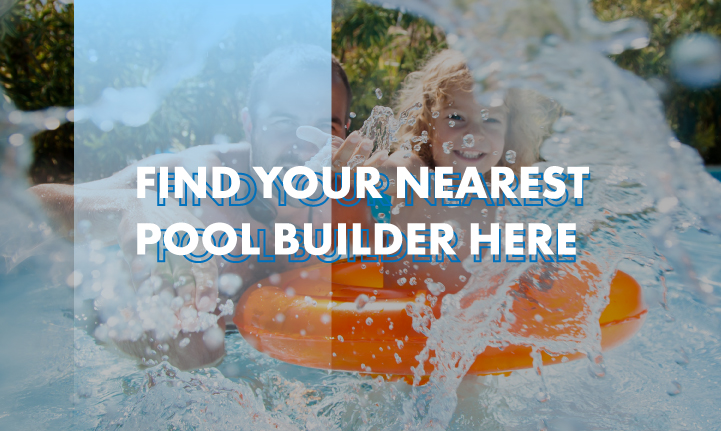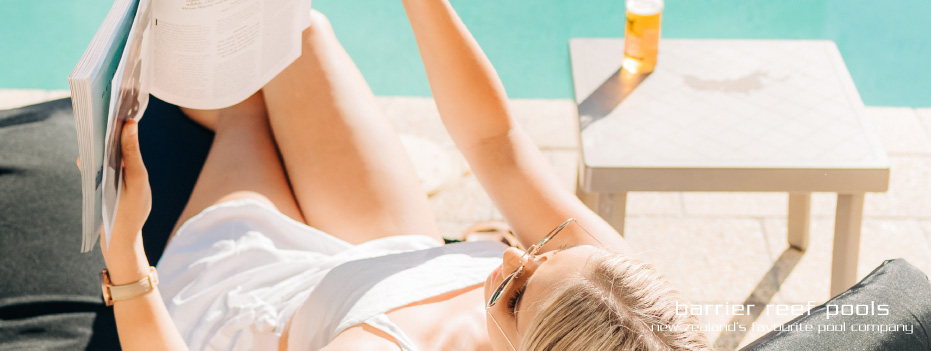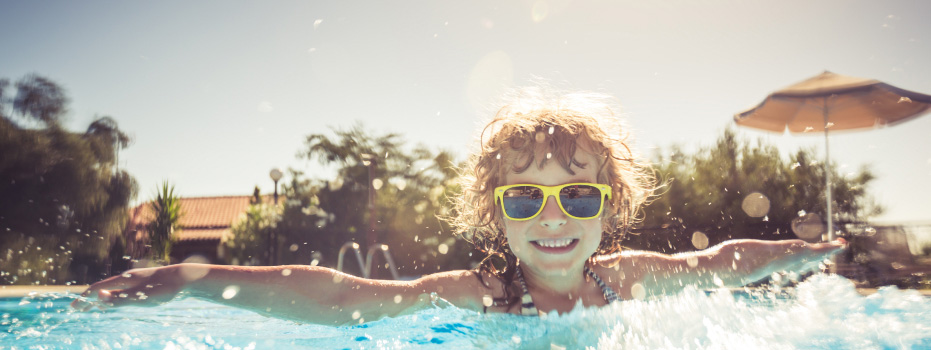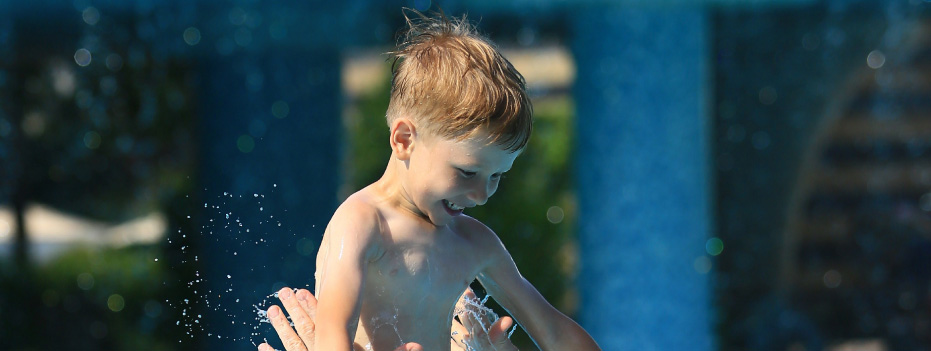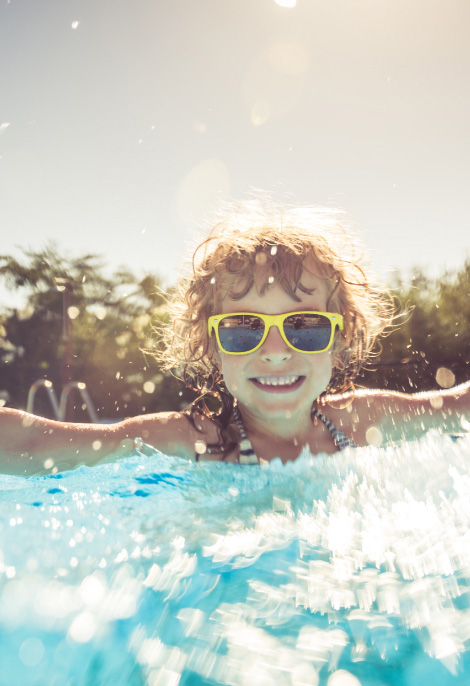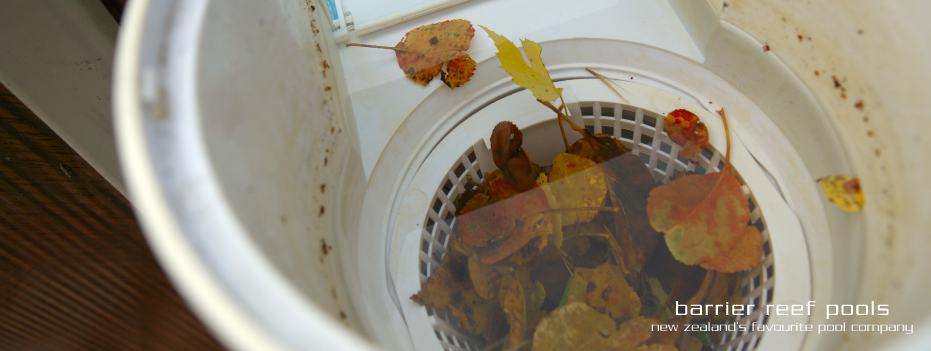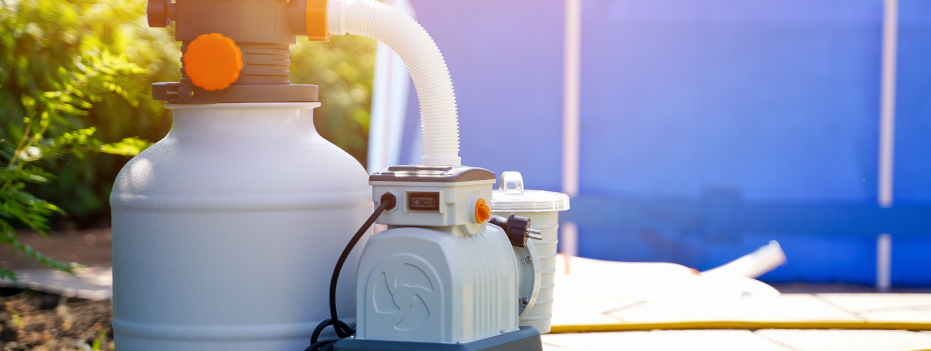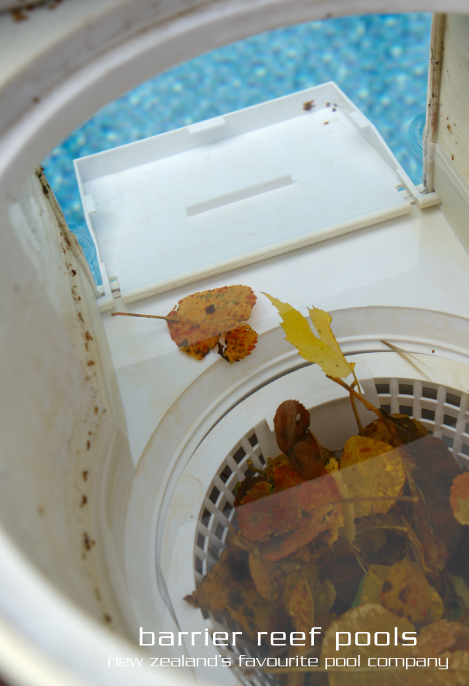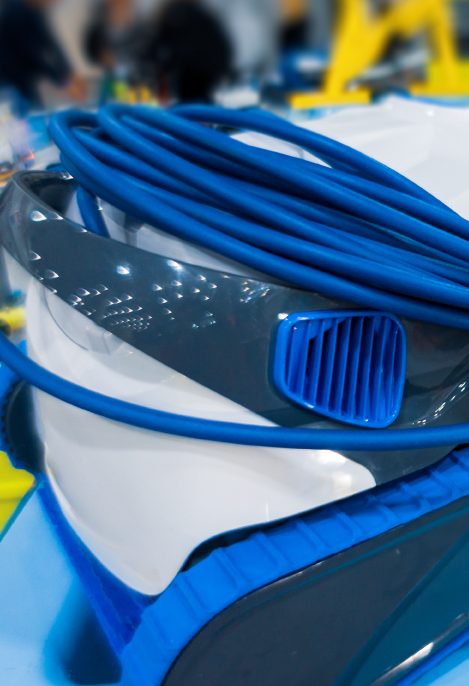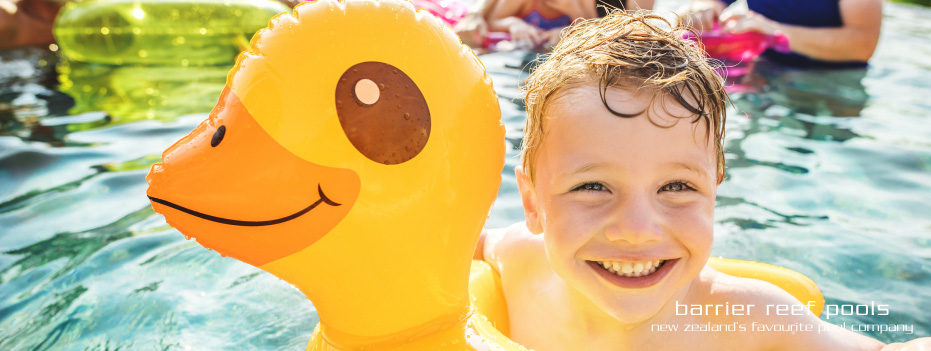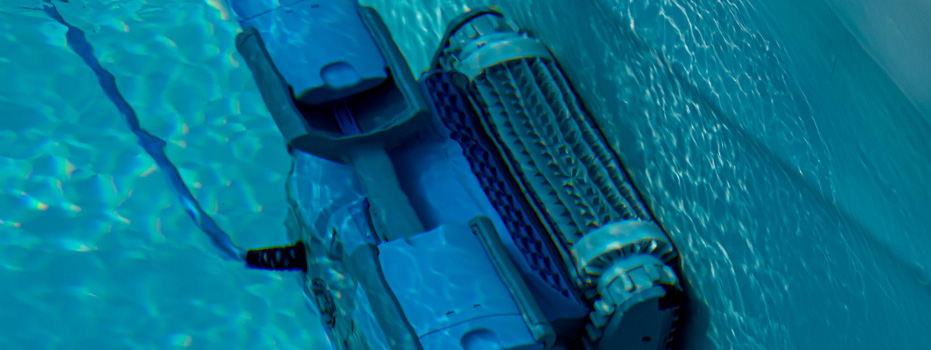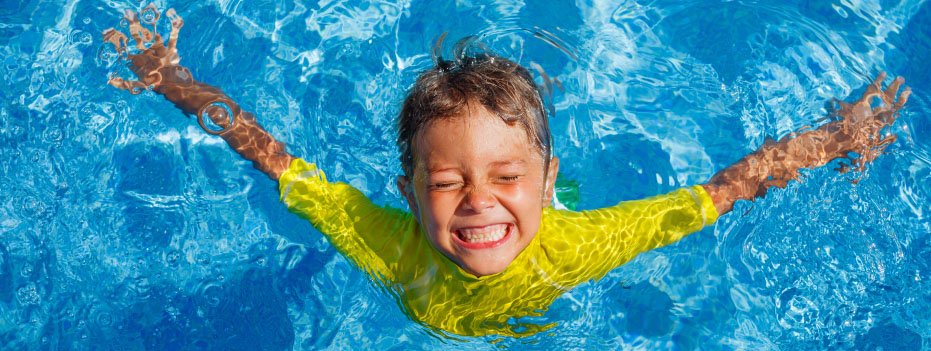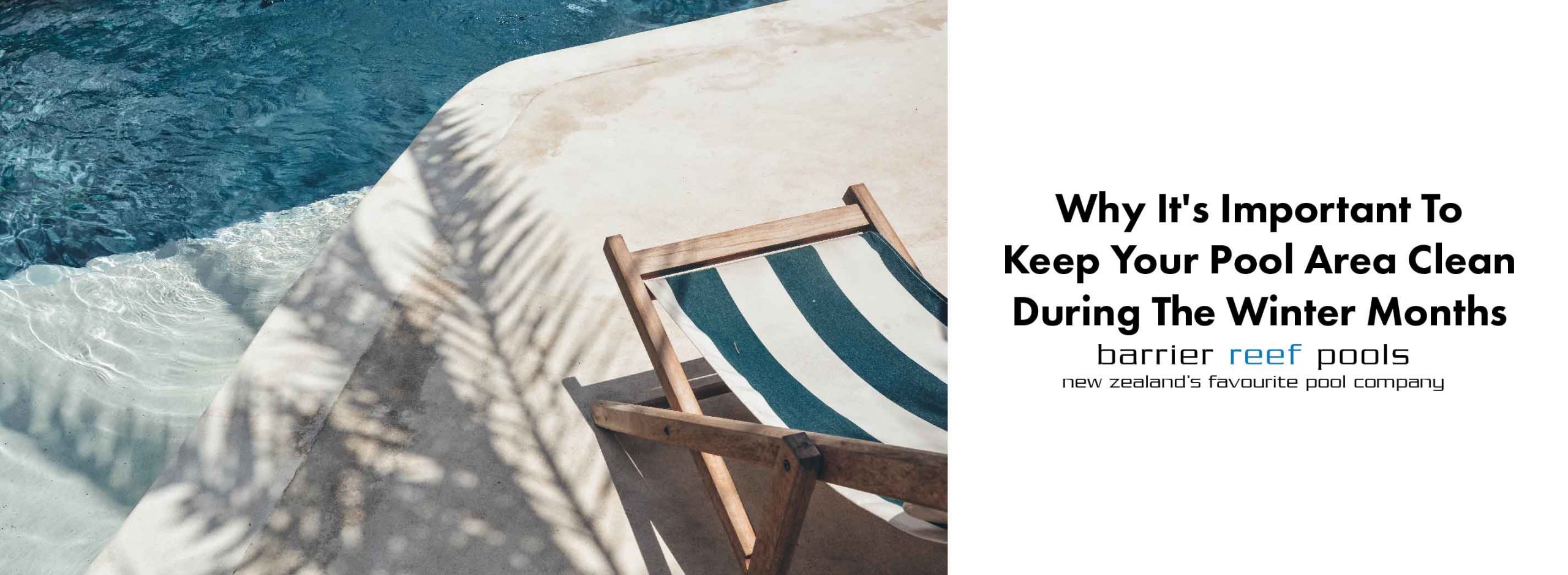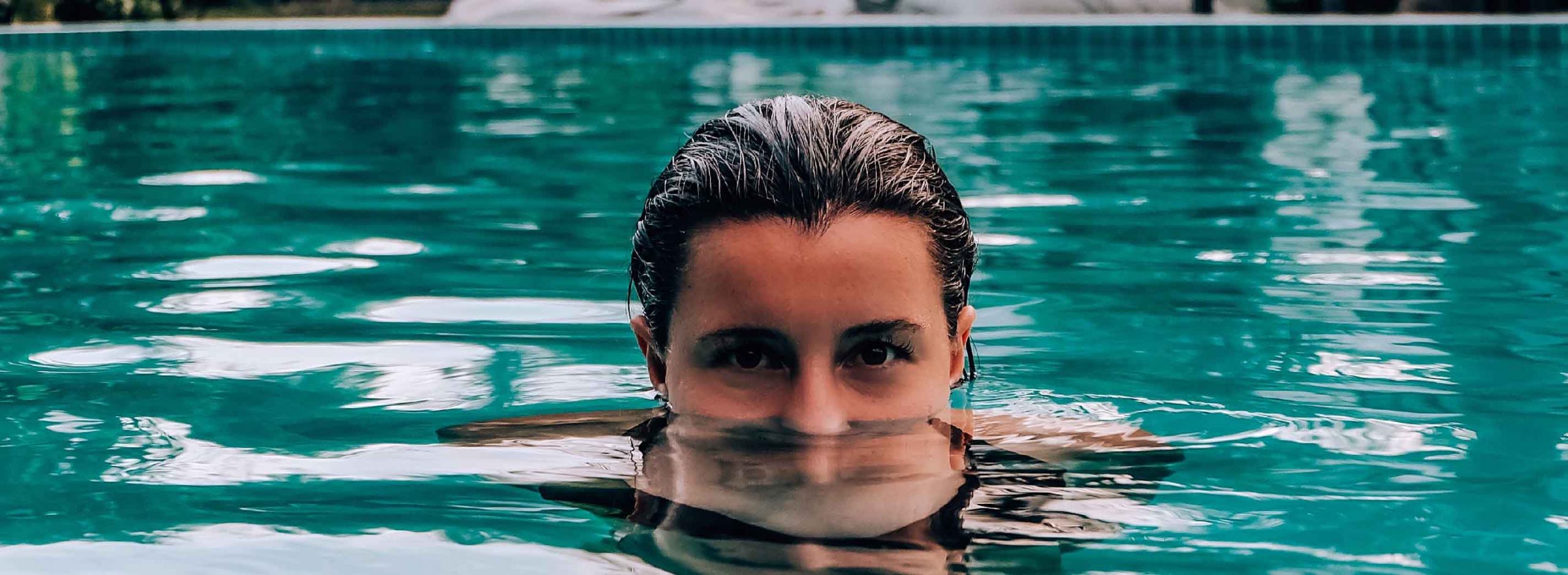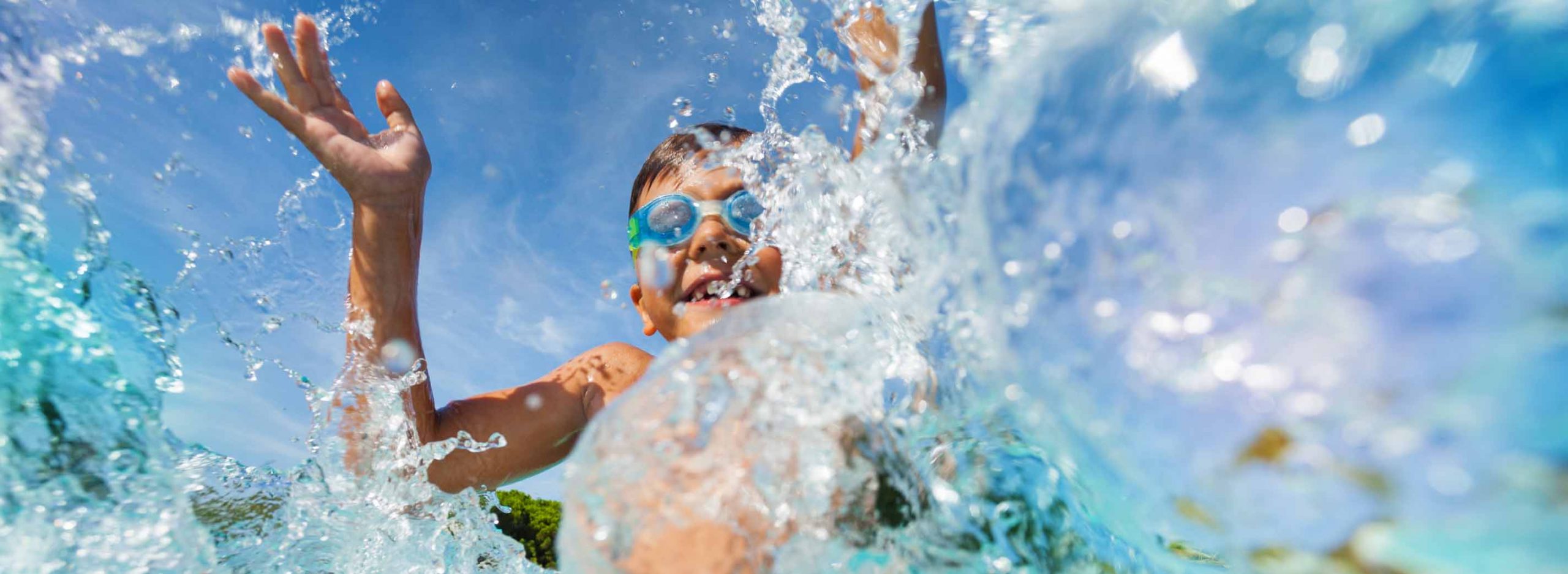4 Ways To Keep Birds Away From Your Pool
The pool season is right around the corner, and you could be looking forward to using your fibreglass pool through the season. Say you're heading out for a swim at around 10 AM on a nice Sunday morning. You walk out into your backyard and find that you aren't the first person to use your pool today.
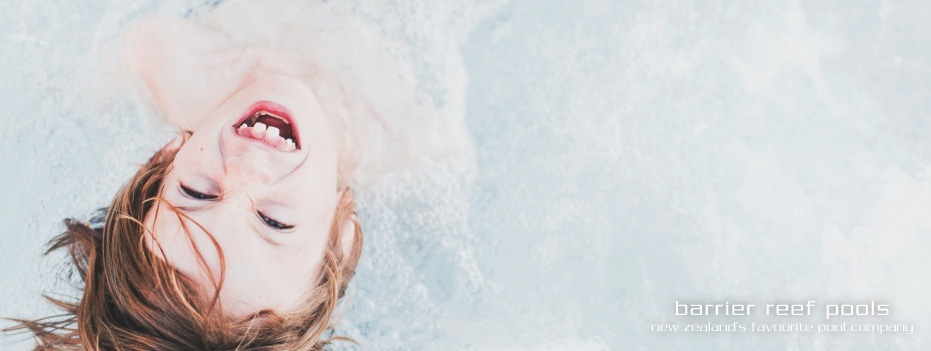
A swallow could be sitting perched on the ladders leading into your pool, trying to wash its feathers. Maybe a few ducks have entered your fibreglass pool and are swimming around in it.
Having birds in your pool can be a problem. This is because they often leave behind feathers and droppings. If birds regularly visit your pool, then there’s a lot of cleaning up that you’ll need to keep doing. At the same time, your pool can also be a dangerous place for birds. This especially applies to birds who are still young and have just started learning how to fly.
But is there anything you can do to prevent birds from entering your pool? Actually, there is.
Keep the pool covered
A sturdy pool cover can be your best friend in preventing birds from entering your pool. You can even use pool netting to keep your pool covered when you’re not using it. Solar pool covers are another good option. They prevent not just birds, but even people and pets from falling into your pool.
Some birds might still want to drift on the top of your pool. If your pool is covered, then such birds will find the surface of the pool unsteady. The birds that want to go swimming in your pool also won’t be able to do that. When they find that they can’t reach the water under your pool cover, they’ll give up.
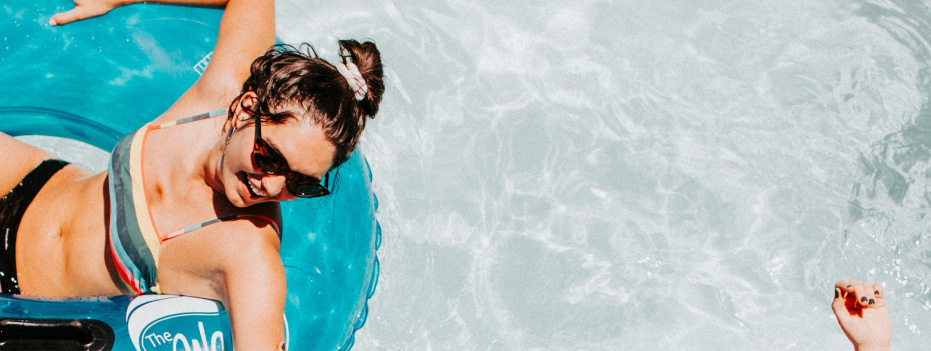
Make use of pool toys
Pool toys can be extremely useful for keeping birds out of your fibreglass pool. A floaty can be fun to lounge on, but they also deter birds from entering your pool. You can also make use of other pool equipment to prevent birds from entering your pool.
A floaty that’s shaped like a predator can make the birds fearful of coming near your pool. Consider getting floaties that are shaped like alligators, dolphins, and even sharks. The birds won’t be able to tell that these floaties are fake and not real predators. This will make them wary of coming anywhere near your fibreglass pool.
If you use pool equipment like an automatic pool cleaner, then this could also help in keeping the birds away. When your pool cleaner is doing its job, birds will see it as a threat. They see something moving around in the water, and it makes them hesitant to enter your pool.
Birds don’t need to be able to exactly see what’s moving around under the water, but simply seeing movement can scare them off. You can make use of toys that are inflatable to keep birds as well as other critters from falling into your pool. Should a bird or a critter accidentally fall into your pool, then the inflatable toy can give them something to hold on to, as they try to escape.
Use deterrents that are outside the water
You can make use of scarecrows as well as reflective elements, to keep birds out of your fibreglass pool. Let’s see how each of these works:
Scarecrows
Your scarecrow doesn’t have to be a strawman mounted on top of a pole. When it comes to deterring birds, you can even make use of a predator that’s fake, to ward them off. Get a fake owl, falcon or hawk. When the birds see potential predators in your yard, they’ll think twice before coming anywhere near your yard.
Remember to move the scarecrow around from time to time. This is in order to prevent the birds from getting used to the fake predators staying in the same place. Note that the birds won’t know whether your fake predators are real or not. But seeing them in the same place every day without reacting to the birds may make them think they can approach your pool.
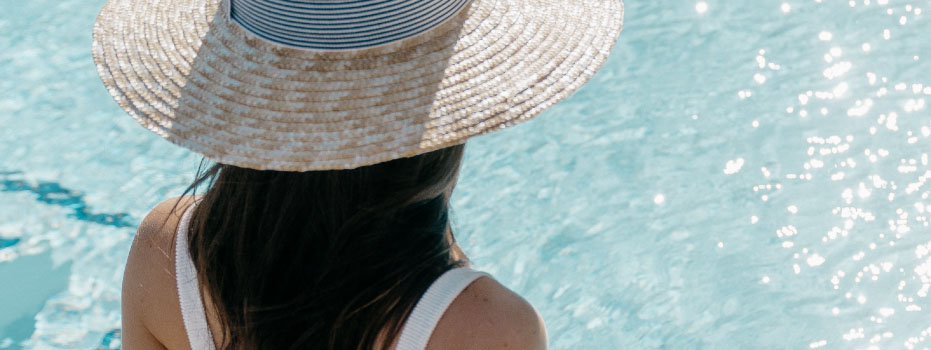
Reflective elements
Based on what kind of layout your backyard has, you may be able to attach some fishing line leading from the roof of your home, to the fence. Do this in a pattern that is criss-cross, or you could also buy netting that’s already been strung.
This can prevent birds from flying too close to your pool. It’s especially important to note that the netting you hang has to be so high that it doesn’t get in the way of humans using your pool. You can even add reflective banners or even add tape to the fence posts that are around your pool.
Pets like dogs and cats can also help to keep birds away. Simply let them play in your yard from time to time, and the birds will know to leave your yard alone.
Give them an alternative
Although many homeowners see birds around their fibreglass pool as a menace, there are also several benefits to having them in your yard. They help with:
- Mosquitoes love bodies of water, making them attracted to pools in people’s homes. Birds are great at keeping mosquitoes away from your yard. They can also help in controlling other pests like spiders and aphids.
- Some birds, like hummingbirds, are very good at pollinating. So, if you have a garden in your backyard, then birds that love nectar can help you grow your garden.
- Not all birds eat insects. Some, like finches and sparrows, actually eat weeds. So, if you have plants in your yard that are unwanted, then birds can help you get rid of those weeds.
You can install a bird bath if you want to give the birds a special place where they can prune themselves. When the birds are sharing your backyard in a way where they don’t disturb you, you can enjoy watching them as well as listening to them sing. You can enjoy several other benefits associated with allowing birds in your yard as well.
Conclusion
Birds can be a menace for fibreglass pool owners, but there are several things you can do to keep them away from your yard. You can build structures, especially for birds, like birdhouses and bird baths, so that the birds leave your pool alone. From keeping your pool cover on when you’re not using your pool, to installing netting above your pool, there’s a lot you can do. This guide can help you learn about the steps you can take to keep birds away from your pool.
4 Ways To Keep Birds Away From Your Pool
The pool season is right around the corner, and you could be looking forward to using your fibreglass pool through the season. Say you're heading out for a swim at around 10 AM on a nice Sunday morning. You walk out into your backyard and find that you aren't the first person to use your pool today.
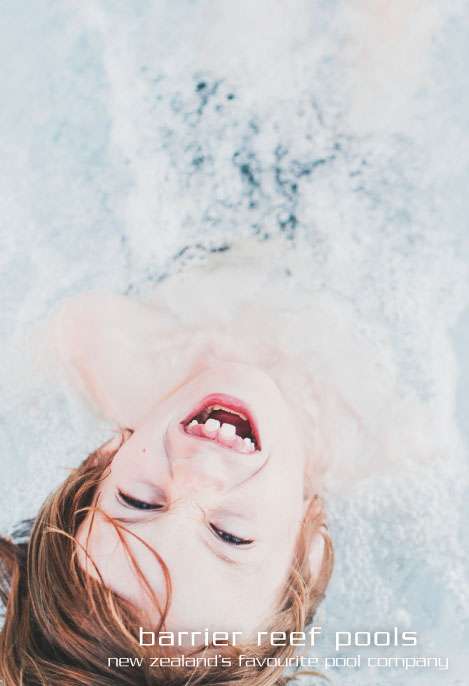
A swallow could be sitting perched on the ladders leading into your pool, trying to wash its feathers. Maybe a few ducks have entered your fibreglass pool and are swimming around in it.
Having birds in your pool can be a problem. This is because they often leave behind feathers and droppings. If birds regularly visit your pool, then there’s a lot of cleaning up that you’ll need to keep doing. At the same time, your pool can also be a dangerous place for birds. This especially applies to birds who are still young and have just started learning how to fly.
But is there anything you can do to prevent birds from entering your pool? Actually, there is.
Keep the pool covered
A sturdy pool cover can be your best friend in preventing birds from entering your pool. You can even use pool netting to keep your pool covered when you’re not using it. Solar pool covers are another good option. They prevent not just birds, but even people and pets from falling into your pool.
Some birds might still want to drift on the top of your pool. If your pool is covered, then such birds will find the surface of the pool unsteady. The birds that want to go swimming in your pool also won’t be able to do that. When they find that they can’t reach the water under your pool cover, they’ll give up.
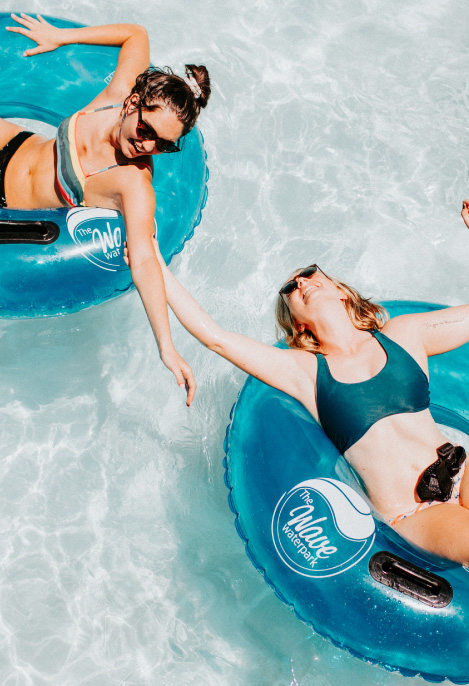
Make use of pool toys
Pool toys can be extremely useful for keeping birds out of your fibreglass pool. A floaty can be fun to lounge on, but they also deter birds from entering your pool. You can also make use of other pool equipment to prevent birds from entering your pool.
A floaty that’s shaped like a predator can make the birds fearful of coming near your pool. Consider getting floaties that are shaped like alligators, dolphins, and even sharks. The birds won’t be able to tell that these floaties are fake and not real predators. This will make them wary of coming anywhere near your fibreglass pool.
If you use pool equipment like an automatic pool cleaner, then this could also help in keeping the birds away. When your pool cleaner is doing its job, birds will see it as a threat. They see something moving around in the water, and it makes them hesitant to enter your pool.
Birds don’t need to be able to exactly see what’s moving around under the water, but simply seeing movement can scare them off. You can make use of toys that are inflatable to keep birds as well as other critters from falling into your pool. Should a bird or a critter accidentally fall into your pool, then the inflatable toy can give them something to hold on to, as they try to escape.
Use deterrents that are outside the water
You can make use of scarecrows as well as reflective elements, to keep birds out of your fibreglass pool. Let’s see how each of these works:
Scarecrows
Your scarecrow doesn’t have to be a strawman mounted on top of a pole. When it comes to deterring birds, you can even make use of a predator that’s fake, to ward them off. Get a fake owl, falcon or hawk. When the birds see potential predators in your yard, they’ll think twice before coming anywhere near your yard.
Remember to move the scarecrow around from time to time. This is in order to prevent the birds from getting used to the fake predators staying in the same place. Note that the birds won’t know whether your fake predators are real or not. But seeing them in the same place every day without reacting to the birds may make them think they can approach your pool.

Reflective elements
Based on what kind of layout your backyard has, you may be able to attach some fishing line leading from the roof of your home, to the fence. Do this in a pattern that is criss-cross, or you could also buy netting that’s already been strung.
This can prevent birds from flying too close to your pool. It’s especially important to note that the netting you hang has to be so high that it doesn’t get in the way of humans using your pool. You can even add reflective banners or even add tape to the fence posts that are around your pool.
Pets like dogs and cats can also help to keep birds away. Simply let them play in your yard from time to time, and the birds will know to leave your yard alone.
Give them an alternative
Although many homeowners see birds around their fibreglass pool as a menace, there are also several benefits to having them in your yard. They help with:
- Mosquitoes love bodies of water, making them attracted to pools in people’s homes. Birds are great at keeping mosquitoes away from your yard. They can also help in controlling other pests like spiders and aphids.
- Some birds, like hummingbirds, are very good at pollinating. So, if you have a garden in your backyard, then birds that love nectar can help you grow your garden.
- Not all birds eat insects. Some, like finches and sparrows, actually eat weeds. So, if you have plants in your yard that are unwanted, then birds can help you get rid of those weeds.
You can install a bird bath if you want to give the birds a special place where they can prune themselves. When the birds are sharing your backyard in a way where they don’t disturb you, you can enjoy watching them as well as listening to them sing. You can enjoy several other benefits associated with allowing birds in your yard as well.
Conclusion
Birds can be a menace for fibreglass pool owners, but there are several things you can do to keep them away from your yard. You can build structures, especially for birds, like birdhouses and bird baths, so that the birds leave your pool alone. From keeping your pool cover on when you’re not using your pool, to installing netting above your pool, there’s a lot you can do. This guide can help you learn about the steps you can take to keep birds away from your pool.

